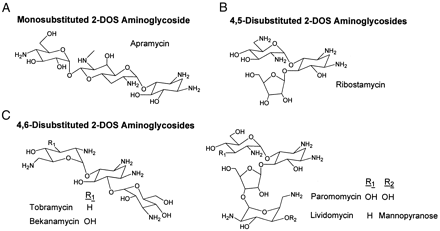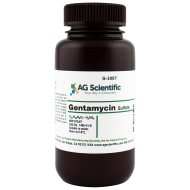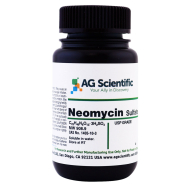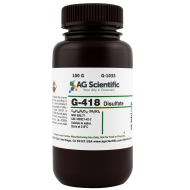Bacteriocidal antibiotics obtained from Streptomyces that inhibit protein synthesis in bacterial ribosomes and are effective against aerobic gram-negative bacilli. This group of antibiotics includes at least eight drugs: amikacin,gentamicin, kanamycin, neomycin, netilmicin, paromomycin, streptomycin, and tobramycin. All of these drugs have the same basic chemical structure.
BACKGROUND/OVERVIEW:
Bacteriocidal antibiotics obtained from Streptomyces that inhibit protein synthesis in bacterial ribosomes and are effective against aerobic gram-negative bacilli. This group of antibiotics includes at least eight drugs: amikacin,gentamicin, kanamycin, neomycin, netilmicin, paromomycin, streptomycin, and tobramycin. All of these drugs have the same basic chemical structure.
Figure 1: Structures of 2-deoxystreptamine (2-DOS) aminoglycosides. (A) monosubstituted 2-DOS: apramycin. (B) 4,5-disubstituted 2-DOS: ribostamycin, paromomycin, and lividomycin. (C) 4,6-disubstituted 2-DOS: tobramycin and bekanamycin.
Aminoglycosides are primarily used to combat infections due to aerobic, Gram-negative bacteria. Bacteria that can successfully be combated with aminoglycosides include Pseudomonas, Acinetobacter, and Enterobacter species, among others. Aminoglycosides are also effective against mycobacteria, the bacteria responsible for tuberculosis. The aminoglycosides can be used against certain Gram-positive bacteria, but are not typically employed because other antibiotics are more effective and have fewer side effects. Aminoglycosides are ineffective against anaerobic bacteria (bacteria that cannot grow in the presence of oxygen), viruses, and fungi. One aminoglycoside, paromomycin, is used against parasitic infection. Like all other antibiotics, aminoglycosides are not effective against influenza, the common cold, or other viral infections. Aminoglycosides are absorbed very poorly from the gastrointestinal tract. The typical routes of administration are by intramuscular (injection into a muscle) or intravenous injection (injection into a vein), irrigation, topical skin application, or inhalation. If the infection being treated involves the central nervous system, the drug can be injected into the spinal canal. The bactericidal ability of aminoglycosides has not been fully explained. It is known that the drug attaches to a bacterial cell wall and is drawn into the cell via channels made up of the protein, porin. Once inside the cell, the aminoglycoside attaches to the cell's ribosomes. Ribosomes are the intracellular structures responsible for manufacturing proteins. This attachment either shuts down protein production or causes the cell to produce abnormal, ineffective proteins. The bacterial cell cannot survive with this impediment. Aminoglycosides have been shown to be toxic to certain cells in the ears and in the kidneys. At the proper dosage and in the presence of gram negative enteric (intestinal) bacteria, aminoglycosides are very effective in treating an infection. Source: Books. Chambers, Henry F., W. Keith Hadley, and Ernest Jawetz. "Aminoglycosides & Spectinomycin." In Basic and Clinical Pharmacology, edited by Bertram G. Katzung, 7th ed. Stamford: Appleton & Lange, 1998.AMINOGLYCOSIDE /AMINOGLYSIDIC ANTIBIOTIC EXAMPLES:
| Amikacin | G-418, Sulfate | Paromomycin Sulfate |
| Apramycin | Gentamycin | Ribostamycin |
| Arbekamycin | Hygromycin B | Sisomycin |
| Bekanamycin | Isepamicin | Streptoduocin |
| Capreomycin | Kanamycin | Streptomycin |
| Dibekacin | Kasugamycin | Tobramycin |
| Dihydrostreptomycin | Micronomicin | Verdamicin |
| Elsamitrucin | Neomycin | |
| Fosfomycyin/ Tobramycin | Netilmicin |




